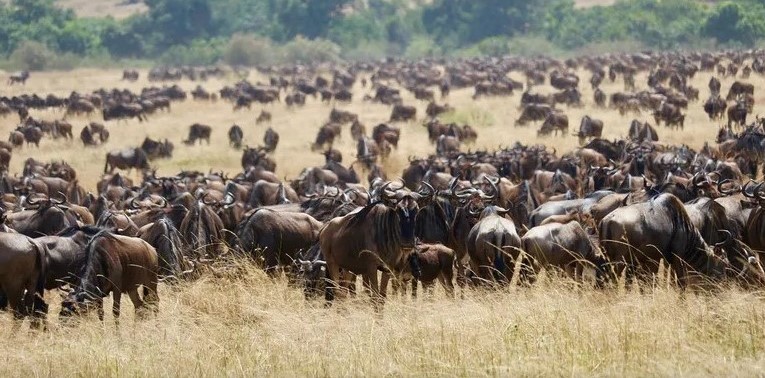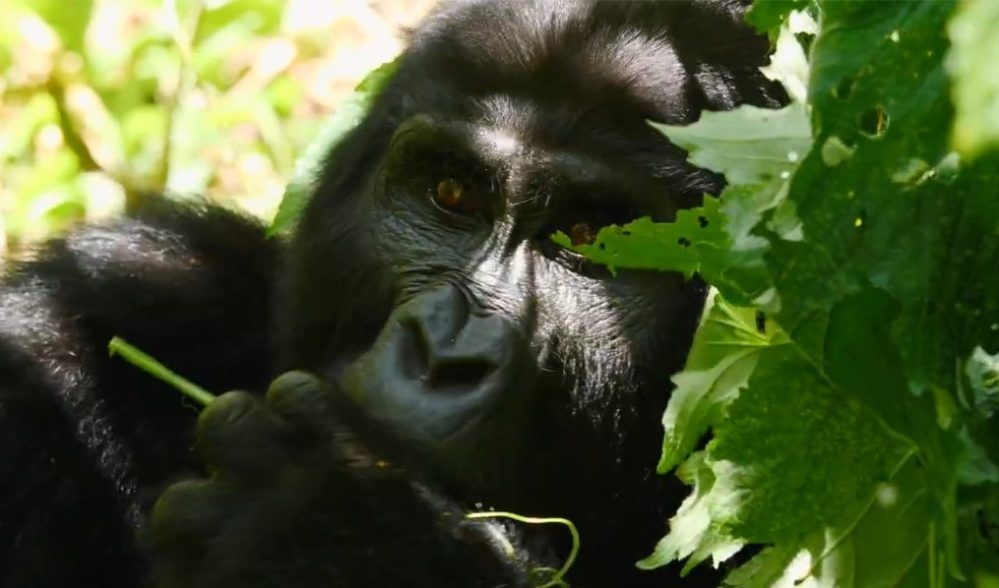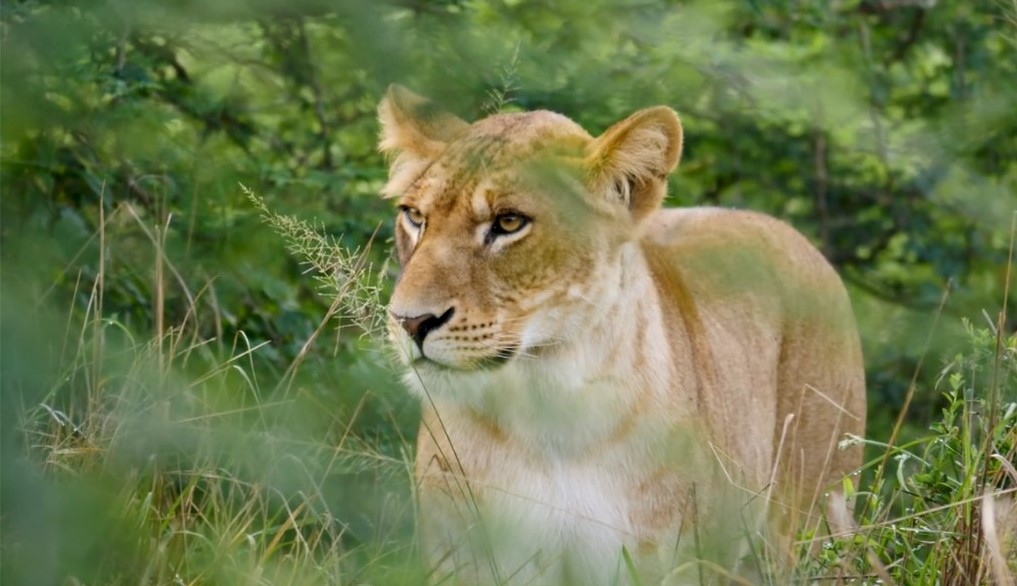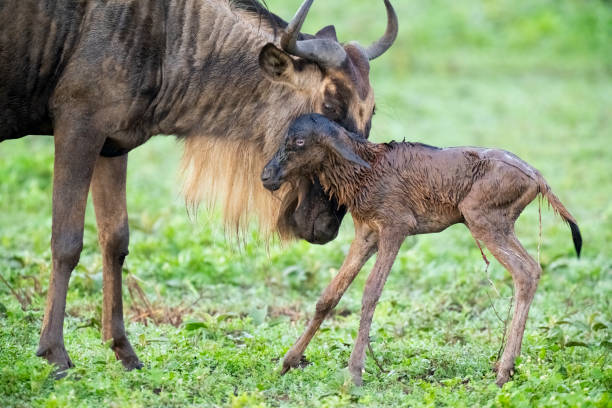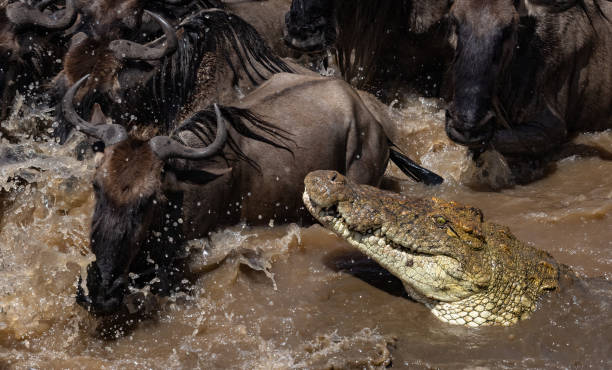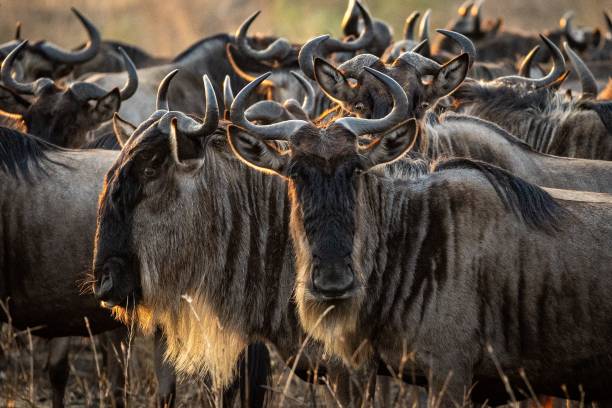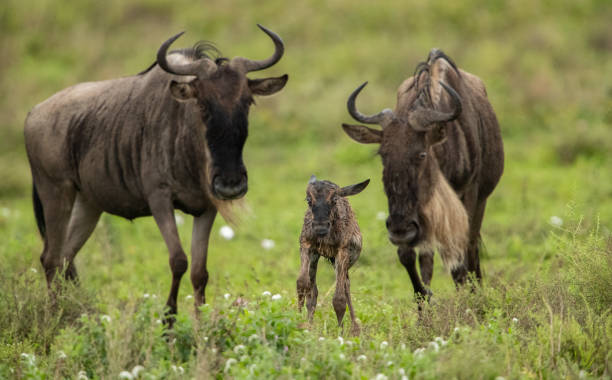Great wildebeest migration safari packages
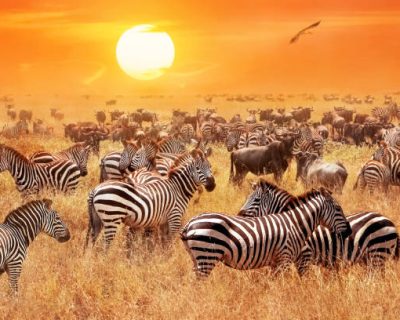
2 days Masai Mara safari experience
Wildebeest migration, Africa's big 5 game drives, birding, Masai culture & community walks, photography & sceneries
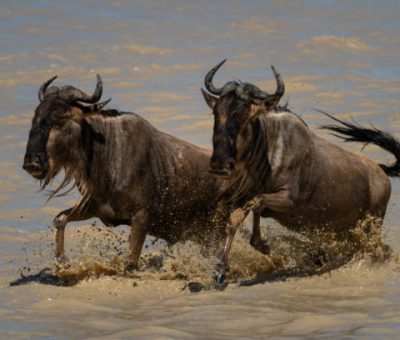
3 days Masai Mara safari expedition
Africa's big 5 & game drives, wildebeest migration, air balloon tours, Masai villages & culture, birding, sceneries
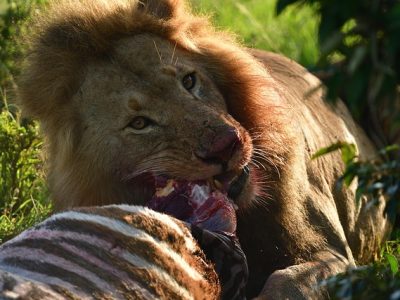
3 days Serengeti- Ngorongoro safari
Wildlife game drives, Ngorongoro crater, wildebeest migration, birding, Africa's big 5, lodges & sceneries, Olduvai gorge & photography
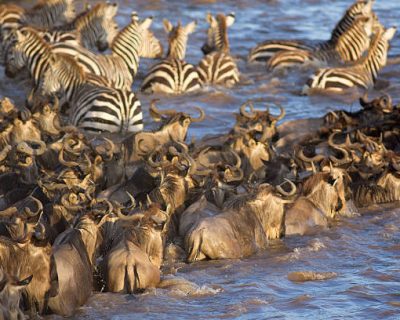
4 days Serengeti safari excursions
Air balloon tours, photography & sceneries, wildebeest migration, birding, Africa's big 5 & game drives, birding, Masai people & culture
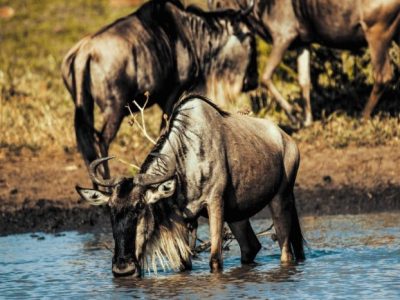
6 days Kenya wildlife expedition
Wildebeest migration & river crossing, Africa's big 5 & wildlife game drives, birding, Air balloon tours, birding, photography, lodges & sceneries, Masai culture & community walks
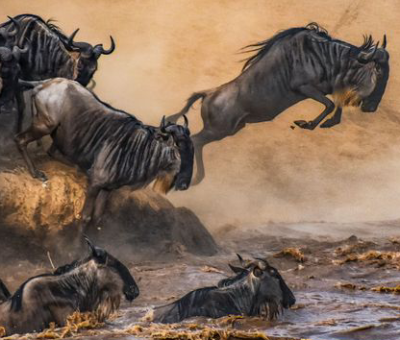
7 days Masai Mara- Serengeti safari
Africa's big 5 & wildlife game drives, wildebeest migration cycle tour, air balloon tours, photography & sceneries, birding
